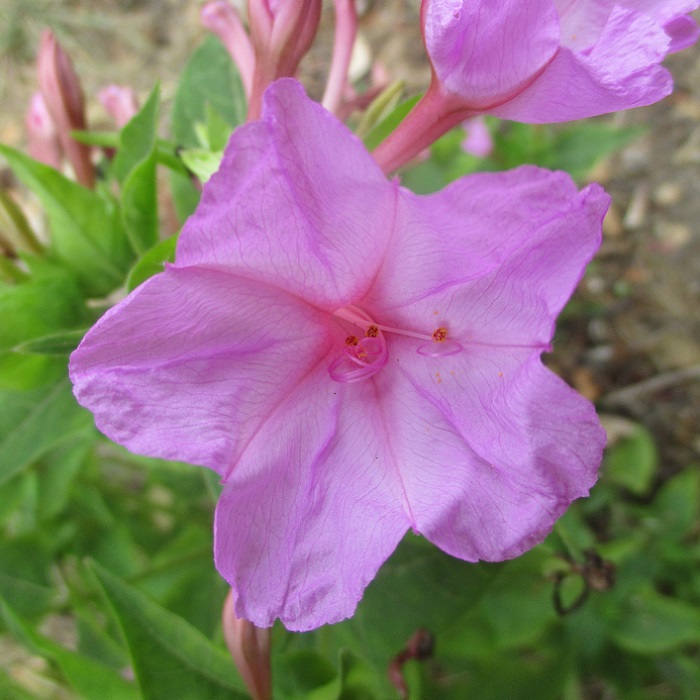UNITED STATES—Gardening is work. The extent of such work is proportionate to the techniques and scale of the gardening. Substantial gardens likely need substantial work. Fruit trees, roses and vegetables need more specialized work than lawns and wildflowers. Seasonal changes demand a strict schedule. It never ends. It is ironic that so many enjoy gardening to relax.
In some climates, gardening is less work through the harshest of winter weather. No one wants to be outside in harsh weather anyway. That is no excuse here, where the garden remains active throughout the year. Perhaps that is a disadvantage of such mild climate. Furthermore, seasonal changes, regardless of how mild or slow, are reliably continuous.
Another month of summer remains. That may seem like enough time to stay on schedule for summer gardening, and maybe take some time to relax. However, it is already time to begin preparation for autumn gardening. Gardening should progress as efficiently as the seasons do. Seasonal planning facilitates this process. It will be autumn in only a month.
There is no endless summer.
Warm season annuals and bedding plants are still in season. Most will remain in season until cool weather in autumn or perhaps the first frost. Nonetheless, cool season annuals for autumn begin to grow from seed about now. If started early enough, they will be ready for planting into the garden at the proper time to replace their warm season counterparts.
The same applies to vegetables. Many warm season vegetables can produce until frost. A last phase of corn should still have time to mature. In the meantime, some cool season vegetables can begin to grow from seed. Broccoli, cabbage and larger types can start in cell packs or flats. For direct sowing, root vegetables may need to wait for garden space.
Some of the many plants that bloom through most of summer bloom less later in summer, even though the weather remains conducive to bloom. Some prefer to divert resources to seed production as the days get shorter. Old fashioned oleander with fragrant bloom can get shabby with seeds. Modern sterile types lack fragrance, but bloom until cool weather. It is a good time to collect seed from formerly seasonal flowers.
Highlight: Four O’Clock
Most who enjoy four o’clock, Miribilis jalapa, do not grow it intentionally. It tends to sneak into gardens from outside, and then bloom too delightfully to be unwanted. It naturalizes, but not aggressively enough to be a weed. New seedlings develop tuberous roots during their first year. They regenerate to produce abundant seed as early as their second year.
Flowers are supposed to open at 4 o’clock. They may open earlier during warm or humid weather. They remain open through the night, and perhaps for part of the morning. Floral color ranges through white, yellow, orange, red, and many tints of pink. Flowers might be striped or spotted with the other colors. Individual plants might bloom with various colors.
Mature four o’clock plants do not get much taller than three feet. They might sprawl twice as broad. Rich light green foliage is quite full, and obscures unexpectedly soft and lanky stems with knobby nodes. Bloom continues through most of summer, but decreases with increased seed development late in summer. All growth above ground succumbs to frost.
Horticulturist Tony Tomeo can be contacted at tonytomeo.com.






